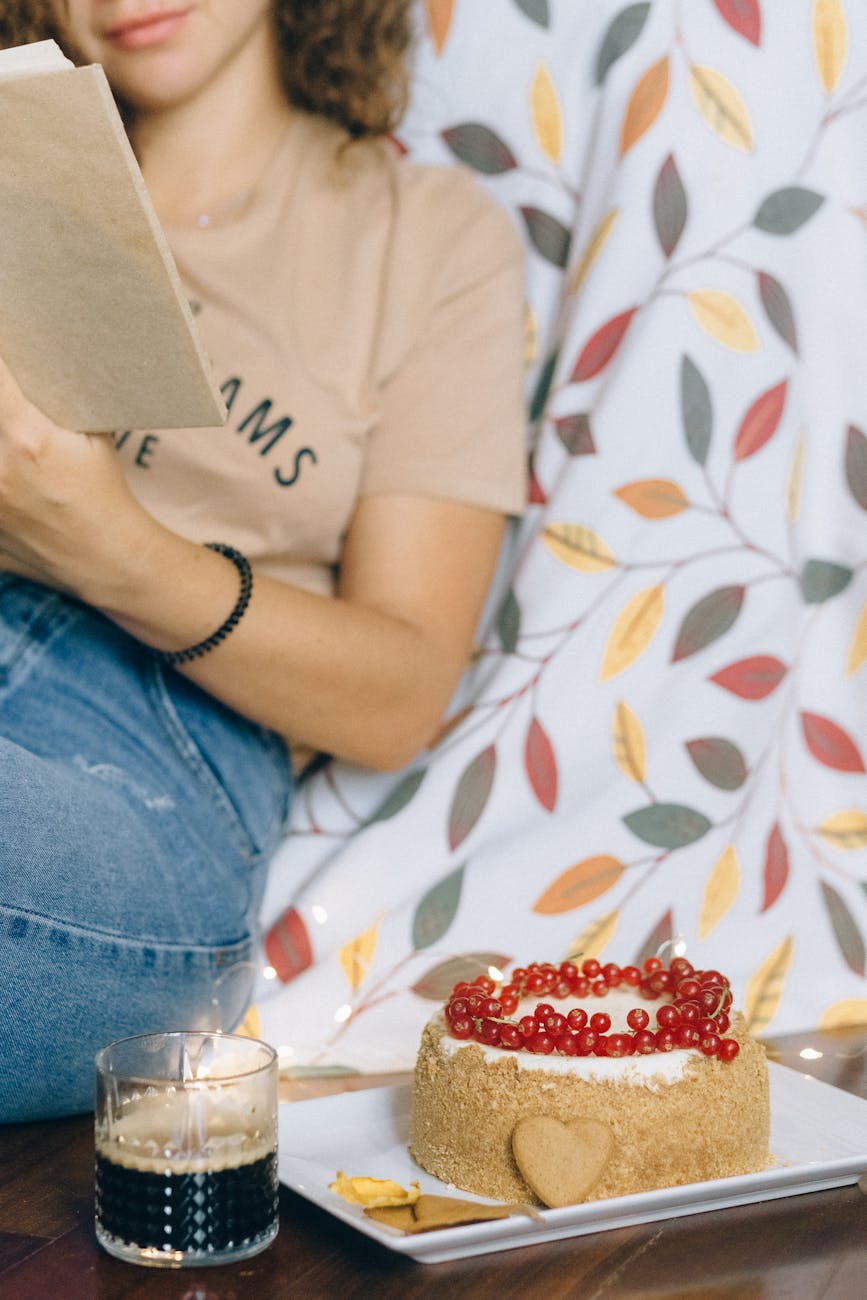Understanding Kitchen Conversions
Cooking and baking can feel like a science sometimes, don’t you think? Nailing those measurements makes all the difference in whether your cake rises to glory or your soup simmers just right. Grams to cups conversions might seem as tricky as reciting the alphabet backward, but we’ll iron it out for you.
Importance of Accurate Measurements
Imagine making cookies without measuring! You might end up with a flour explosion or cookies that are more like pancakes. Using exact measurements ensures every spoonful tastes just the way grandma intended. Even a smidge over or under, and your taste buds might go, “What’s this?” Check out our easy-to-follow tips on cup-to-gram conversions for a smoother kitchen routine.
Challenges in Converting Grams to Cups
Switching from grams to cups is like comparing apples to oranges. Grams tell you the heft of things, while cups gauge how much fits inside. Try cramming a cup full of marshmallows versus peas; the math ain’t adding up the same way. Grains, flour, and sugar behave like mischievous kids when you scoop them up.
Here’s a cheat sheet for two pantry essentials—flour and sugar:
| Ingredient | Grams (g) per Cup |
|---|---|
| Flour | 120–130g |
| Granulated Sugar | 200–225g |
| Brown Sugar | 200–220g |
This table keeps it simple for you, though keep in mind that variables like how you scoop or sift can throw the numbers slightly off. Craving more precise tips? Check out our guides on how many grams are in a cup of sugar and how many grams in a cup of flour.
Cracking kitchen conversions might seem like deciphering a secret recipe code, but you’ll soon master it like a chef. Keep an eye out for more kitchen insights that’ll turn your culinary experiments into masterpieces.
Cracking Grams to Cup Ratios
Ever felt like you’re deciphering a secret code when trying to convert kitchen measurements from grams to cups? We’ve been there too! Getting these numbers right can mean the difference between a kitchen triumph and a cooking catastrophe. Let’s chat about how to nail that conversion swag for your baking and cooking adventures.
Flour and Sugar In the Mix
Flour and sugar – we rely on them, but man, can they be a pain to measure. The conversion game changes due to density quirks, so it’s key to stick to the numbers for your recipe’s pride and joy. Below, you’ll find the trusty cheatsheet for these kitchen superheroes:
| Ingredient | Grams (g) | Cups (c) |
|---|---|---|
| All-Purpose Flour | 120g | 1 cup |
| Granulated Sugar | 200g | 1 cup |
Having these figures in your toolkit transforms your baking from drab to fab. Pebbles or powder, getting it right is half the battle. For a deeper dive into more ingredients, check out our ultimate guide on cup-to-gram conversions.
The Liquid Leap
Pouring things goopier than flour is a cakewalk – liquids don’t play density games. Here’s your simplified rundown on turning grams into cups for the wet stuff:
| Ingredient | Grams (g) | Cups (c) |
|---|---|---|
| Water | 240g | 1 cup |
| Milk | 240g | 1 cup |
Getting this right is a big deal. You want your soups, sauces, or drinks to wow the crowd, not flop like a deflated soufflé. With these right ratios, you’ve got flavors on lock.
Don’t sweat it, mastering grams to cup ratios for our kitchen staples sets you on a path to culinary victory. Tweak things here and there, and always stay loyal to the ingredient’s quirky nature to make sure your mealtime masterpieces shine just like you’d imagined.





